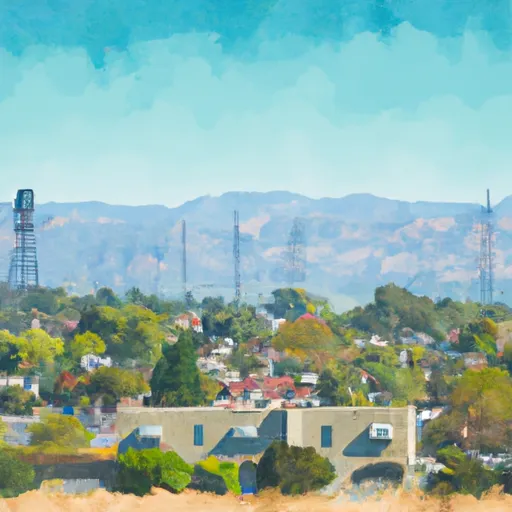°F
°F
mph
Windspeed
%
Humidity











Grizzly-Flats, California is a small community located in El Dorado County in the Sierra Nevada mountain range. The climate in Grizzly-Flats is characterized by warm summers and cool winters, with an average temperature of 64°F. The area is known for its abundant water resources, including the Cosumnes River and numerous streams and creeks. This hydrology supports a diverse ecosystem and provides opportunities for outdoor recreation such as fishing, kayaking, and swimming. The region is also home to a variety of wildlife, including black bears, mountain lions, and deer. With its beautiful scenery and outdoor activities, Grizzly-Flats is a popular destination for nature enthusiasts and adventurers.
Weather Forecast
Grizzly-Flats receives approximately 1210mm of rain per year, with humidity levels near 75% and air temperatures averaging around 13°C. Grizzly-Flats has a plant hardyness factor of 8, meaning plants and agriculture in this region tend to thrive here all year round.
Regional Streamflow Levels
67
Cubic Feet Per Second
1,800
Cubic Feet Per Second
65
Cubic Feet Per Second
8
Cubic Feet Per Second
Nearby Camping
| Camping Area | Reservations | Toilets | Showers |
|---|---|---|---|
| Sunset | |||
| Jones Fork | |||
| Ice House | |||
| Wentworth Springs | |||
| Fashoda | |||
| West Point |



